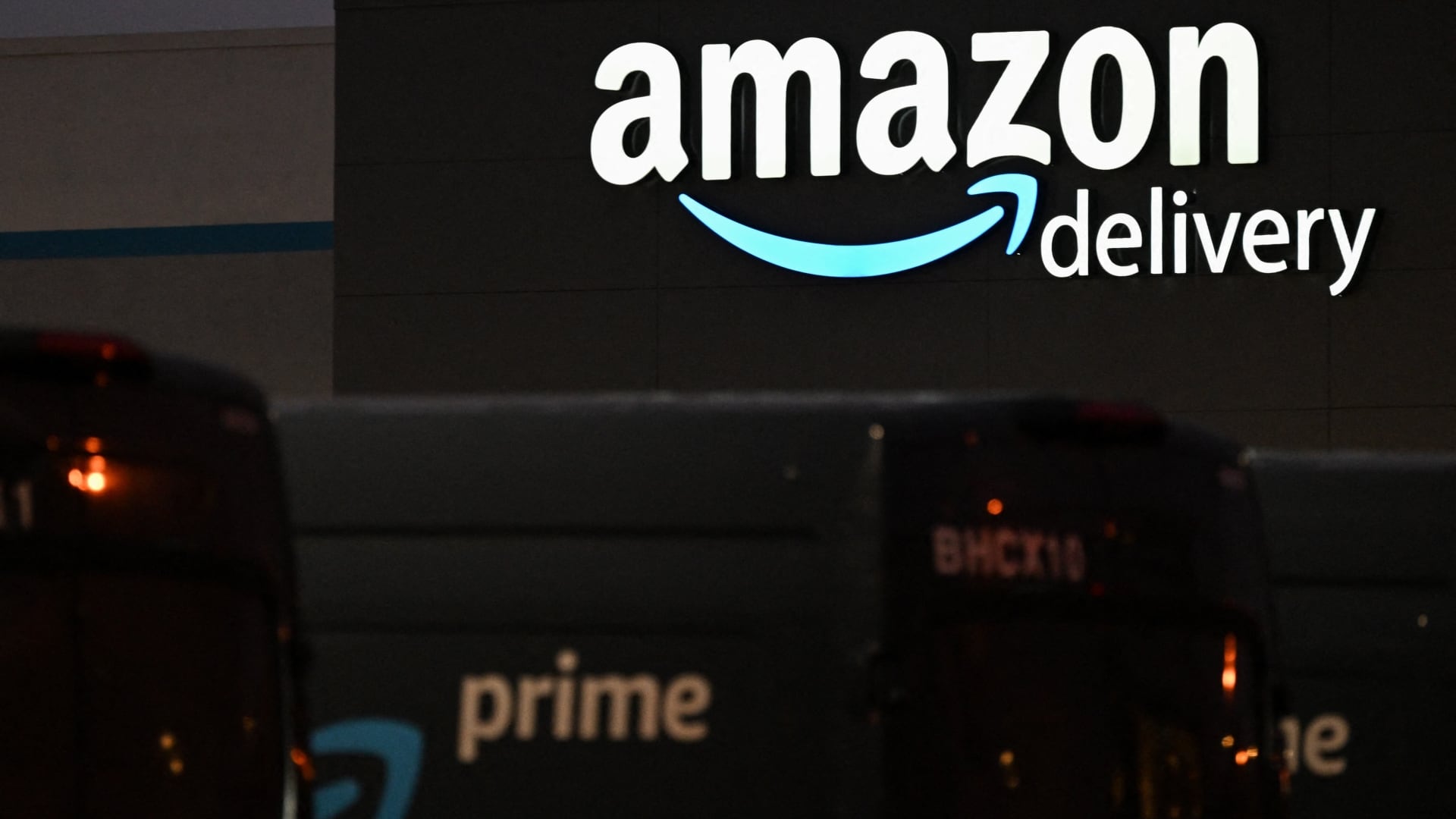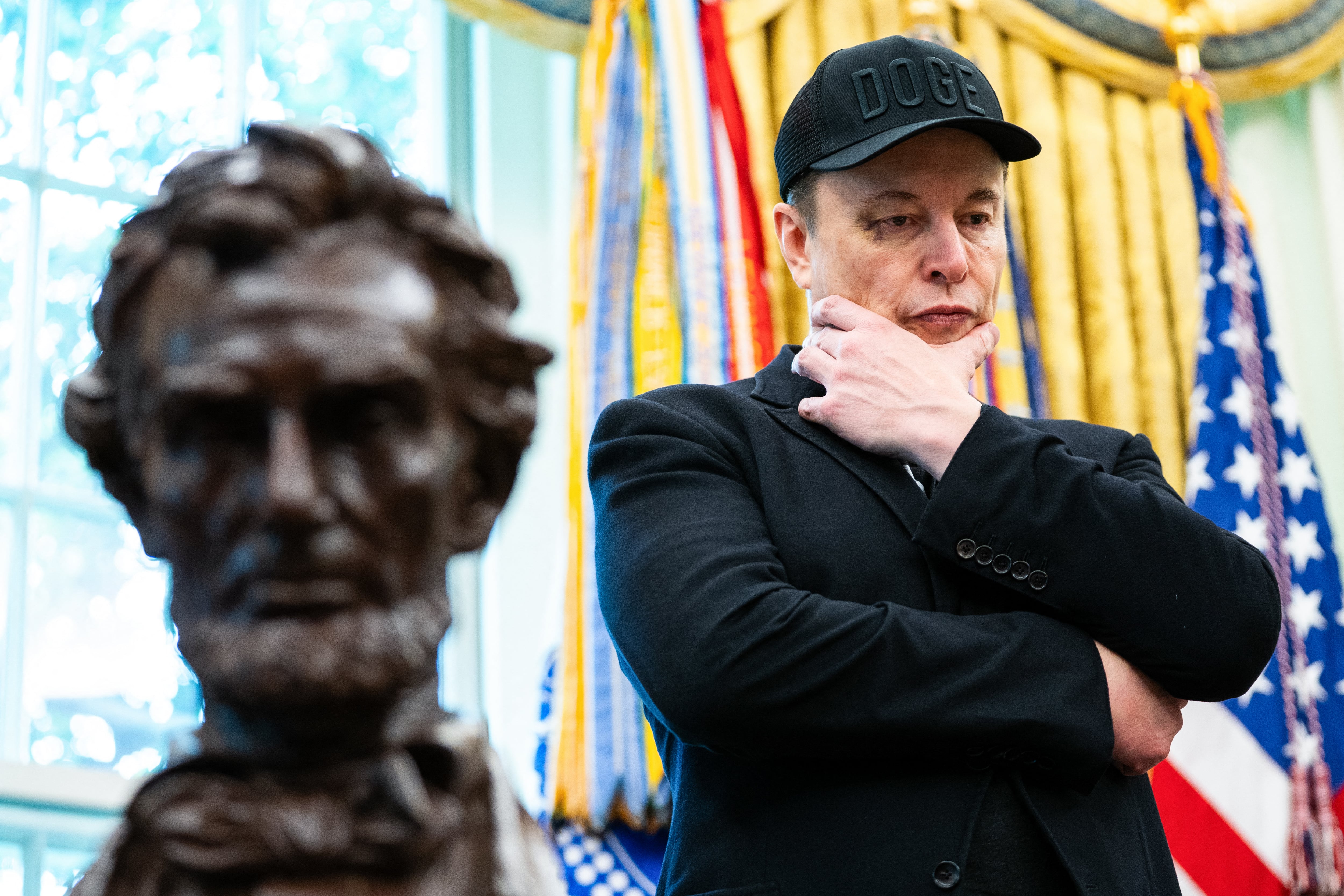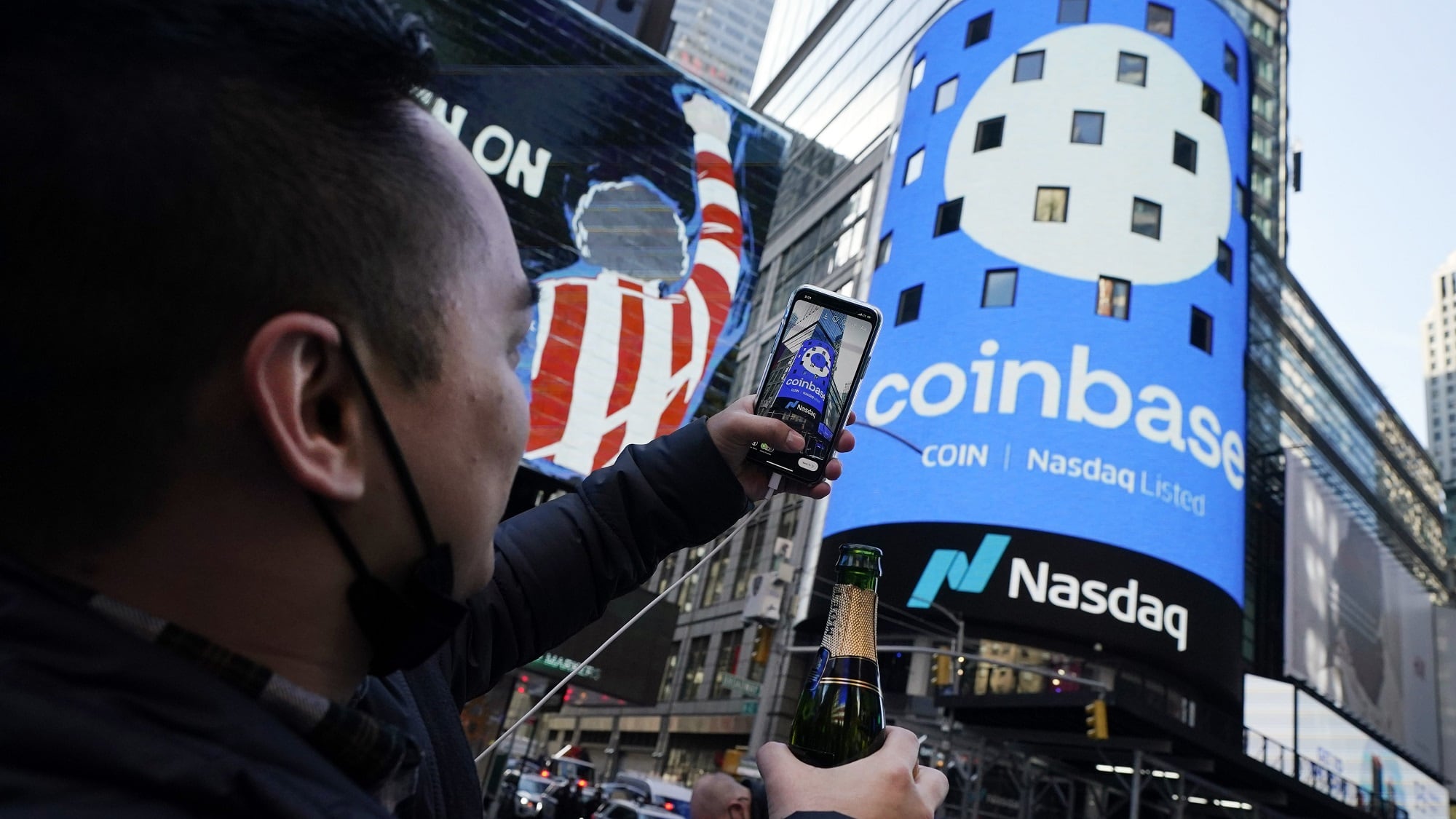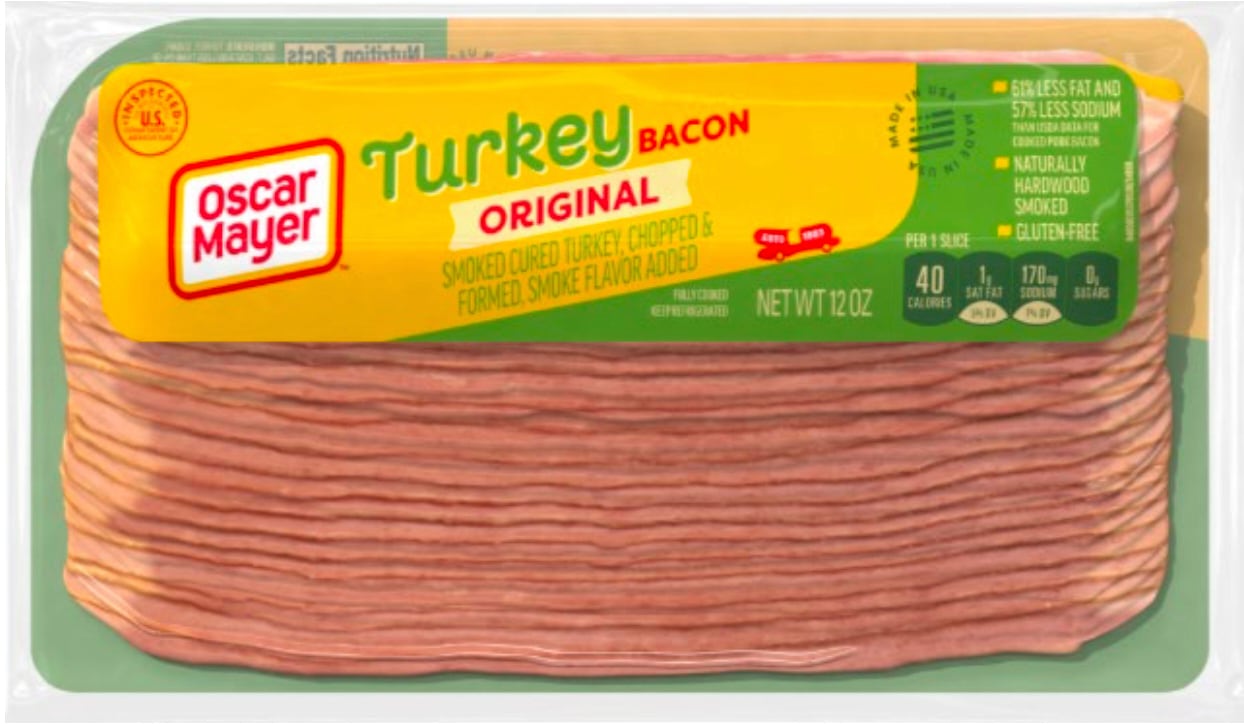By Stan Choe
Stocks are mixed in midday trading after Wall Street trimmed its sharp losses from earlier in the morning following another collapse in oil prices.
The S&P 500 started Monday with a drop of 1.6%, but had trimmed that down to 0.3% shortly before noon, Eastern time. The Dow industrials were also down, but the Nasdaq composite was up slightly. More buoyant gains for Netflix and other stay-at-home winners in the coronavirus pandemic helped limit the market’s losses.
The mild drops for the broad market ate into some of the big gains made since late March, driven lately by investors looking ahead to parts of the economy possibly reopening as infections level off in hard-hit areas. Pessimists have called the rally overdone, pointing to the severe economic pain sweeping the world and continued uncertainty about how long it will last.
That pain is perhaps most prevalent in the oil industry, where idled factories and automobiles have caused a collapse in demand for energy.
Benchmark U.S. crude oil for June delivery plunged 8.5% to $22.90 per barrel. Oil for delivery in May cratered by an even wider margin, down 42.4% to just $10.53. Earlier in the day, it touched its lowest price since 1986.
The contract for oil delivery in May is close to expiring, so trading is much more active in the June contract. But both are dropping sharply on the same fear: Demand for oil has shriveled so much — while producers continue to pull it from the ground — that facilities for storing crude in Oklahoma are close to running out of room.
Halliburton swung between gains and sharp losses, even though it reported stronger profit and revenue for the first three months of 2020 than analysts expected. The oilfield engineering company said that the pandemic has created so much turmoil in the industry that it “cannot reasonably estimate” how long the hit will last. It expects a further decline in revenue and profitability for the rest of 2020, particularly in North America.
Brent crude, the international standard, was down $1.58 to $26.50 per barrel. Big oil-producing countries have agreed to cut production to help balance supplies with demand, but many analysts say the cuts are not sharp enough to lift prices.
“Basically, bears are out for blood,” analyst Naeem Aslam of Avatrade said in a report. “The steep fall in the price is because of the lack of sufficient demand and lack of storage place given the fact that the production cut has failed to address the supply glut.”
The Dow Jones Industrial Average was down 163 points, or 0.7%, to 24,078 after being down as much as 507 points earlier. The Nasdaq reversed an earlier loss and was up 0.3%, as of 11:54 a.m. Eastern time.
More gains from companies that are winners in the new stay-at-home economy helped buoy the market. Amazon rose 1.9%, and Netflix jumped 4% as people shut-in at home buy staples and look to fill their time. Clorox likewise rose to a new record and was up 2.3% as households and businesses that remain open look to stay clean.
In Tokyo the Nikkei 225 fell 1.1% after Japan reported that its exports fell nearly 12% in March from a year earlier as the pandemic hammered demand in its two biggest markets, the U.S. and China.
The Hang Seng index in Hong Kong lost 0.2%, and South Korea’s Kospi fell 0.8%.
European markets were modestly higher The German DAX was up 0.2%, the French CAC 40 was up 0.4% and the FTSE 100 in London gained 0.3%.
In a sign of continued caution in the market, Treasury yields remained extremely low. The yield on the 10-year Treasury slipped to 0.63% from 0.65% late Friday. It started the year near 1.90%. Bond yields drop when their prices rise, and investors tend to buy Treasurys when they’re worried about the economy.
Stocks have been on a generally upward swing recently, and the S&P 500 just closed out its first back-to-back weekly gain since the market began selling off in February. Promises of massive aid for the economy and markets by the Federal Reserve and U.S. government ignited the rally, which sent the S&P 500 up as much as 28.5% since a low on March 23.
More recently, countries around the world have tentatively eased up on business-shutdown restrictions put in place to slow the spread of the virus.
But health experts warn the pandemic is far from over and new flareups could ignite if governments rush to allow ”normal” life to return prematurely.
The S&P 500 remains about 15% below its record high in February as millions more U.S. workers file for unemployment every week amid the shutdowns.
Many analysts also warn that a significant part of the recent recovery in stocks is due to the expectation among some investors that the economy will rebound sharply once economic quarantines are lifted. They’re essentially predicting that a line chart of the economy will ultimately resemble the letter “V,” with a wild ride down but then a quick pivot to a vigorous recovery.
That may be too optimistic. “We caution that a U-shaped recovery is also quite likely,” where the economy bottoms out and stays at that low level for a while before recovering, strategists at Barclays warned in a recent report.
Without strong testing programs for COVID-19, businesses likely won’t feel comfortable bringing back their full workforces for a while.
”With risk assets now overbought, the chance for a correction has increased,” Morgan Stanley strategists wrote in a report.
___
AP Business Writer Elaine Kurtenbach contributed.













